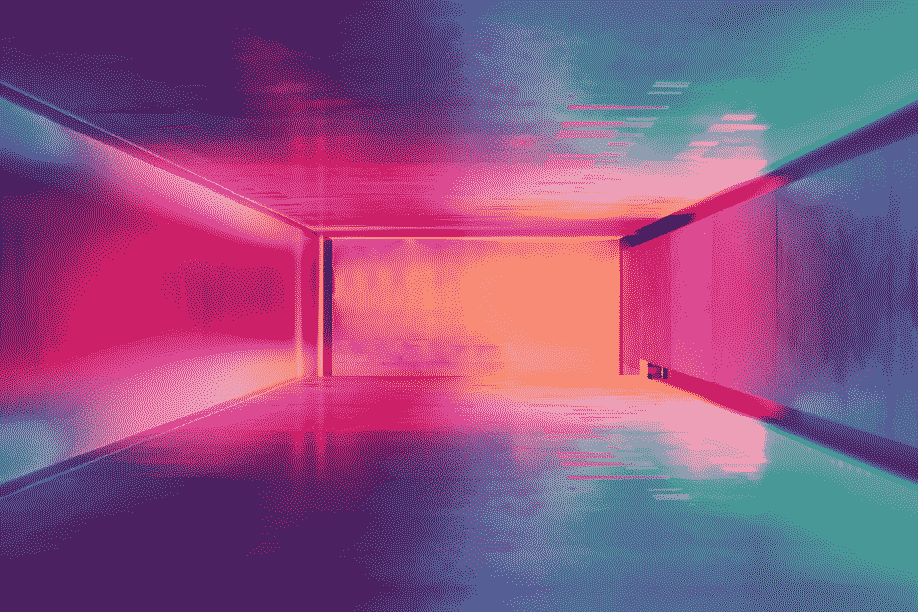Creating the perfect banner for trade shows is a deceptively involving process, requiring far more than a design programme, printer, and a vague idea. Careful preparation is necessary to maximise the positive effect of a banner when displayed at an industry show, or in public places. When you've invested time and money on something that is designed to convey an accurate representation of what your company stands for, and what it provides, you want to be able to ensure that you're getting a superb return on your investment!In this article, we'll take a look at the techniques that allow designers and manufacturers to get the most out of a banner. If you follow these top tips for designing and printing banners, you can't go far wrong.
Keep it simple:
Not only does a good design not need to be complex, when it comes to banners, a good design really shouldn't be complex at all. You don't want artistic extravagance distracting viewers from the central purpose of the banner; informing consumers of your business and the service that it provides. Follow the age-old adage of KISS: Keep It Simple Stupid, and you can't go far wrong!
½But colourful and enticing:
On the flipside of the coin, the banner still needs to be bright and interesting enough to attract attention to the information that you're displaying on it in the first place! The effort you've gone into when concisely summarising the excellent work that your company achieves will be wasted if no one notices it in the first place. Eye-catching colouring and an exciting design will ensure that passing people pay the necessary level of attention to the information that you provide!
Your business' logo should be easy to spot:
The most important aspect of any banner is the clear identification of the company which it's representing; your logo and company name should be clearly placed on the banner, ideally at the top, though the 'left-to-right' way in which text is read, and the majority of visual media consumed, also means that placing the logo and company name on the left of the banner is an acceptable alternative.
Display a clear call to action, and easy to read contact details:
Once the attention of a passing customer has been snared by your superb design work, and they have identified the name of your company or business; it's critical to provide said person with a clear call to action to follow ("make an enquiry today!" etc.), as well as pertinent contact details. Customers need to both want to contact you, and have the details necessary to do so; otherwise your banner has failed to achieve one of its primary objectives!
Use high quality images:
A simple point, but one which is often overlooked by unprepared or rushed designers; using low quality images in your banner design may seem acceptable while still creating the banner on a computer screen, but as soon as it's printed out on a much larger scale any compromise in quality or effort will be immediately noticeable. To avoid excessive pixilation of images, or blurry text, make sure you select only the highest quality images!
Make sure you utilise CMYK colour for your design:
A similar point to the previous; using CMYK colours while creating your banner design ensures that the final printed product will match it as closely to possible. As the majority of printers utilise CMYK ink to bring designs to life, creating a design in another colour system like RGB will result in a less than satisfactory banner.
Don't ruin your design efforts by skimping on printing costs:
As with the use of only high quality images, and the avoidance of using the wrong specification of colour during the design of your banner, attempting to save money on printing costs will have a similarly negative result. Unfortunately for the penny-pinchers out there, the highest quality printers, inks, and print media will be some of the most expensive; but when the aim is to drum up business through the quality of your design work, you're seriously undercutting the banner's potential by not investing in the right equipment up front.
Ensure that you account for the practicalities of banner design:
There's no point in displaying text if it's impossible to read, or images if they're impossible to see; and placing text over a section of the banner which is going to have eyelets punched through, or will be serving as a border for framing, is just asking for trouble. Take into account any areas that need to be left clear of images and text in the initial stages of your design work, to avoid more serious problems down the line!
If you need more information about
what is banner printing, please visit our dedicated post.
Note* - Post updated and corrected July 2023
